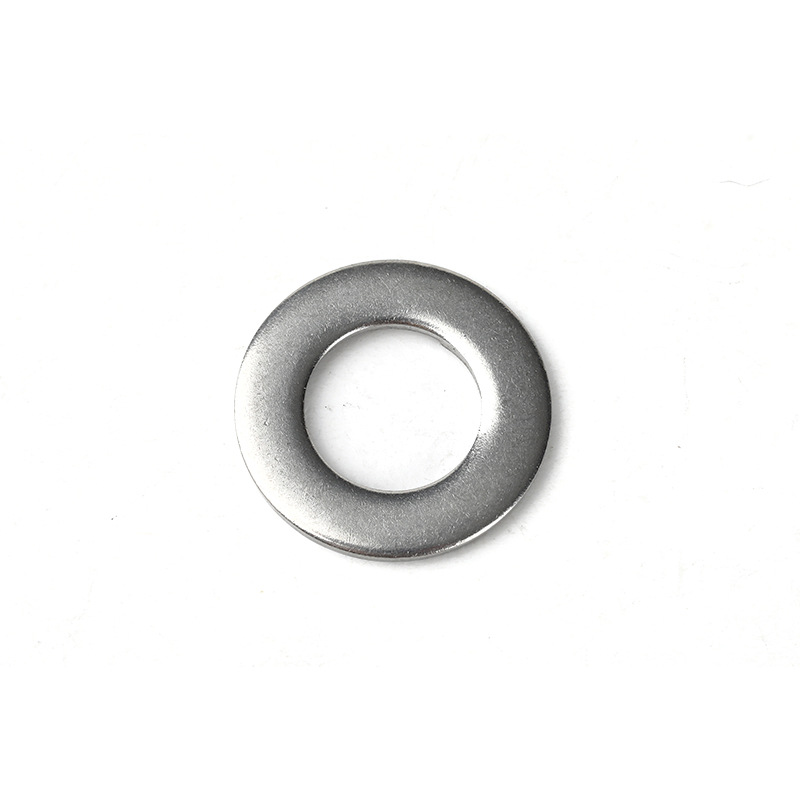

din 2093 disc spring
Nov . 29, 2024 21:34 Back to list
din 2093 disc spring
Understanding DIN 2093 Disc Springs A Comprehensive Overview
Disc springs, also known as washer springs or Belleville springs, are a type of spring used in a variety of mechanical applications. The German standard DIN 2093 governs the design, manufacturing, and specifications of these disc springs. This article delves into the key features, benefits, applications, and considerations for utilizing DIN 2093 disc springs in engineering and design.
Key Features of DIN 2093 Disc Springs
DIN 2093 disc springs are characterized by their conical shape, enabling high load-bearing capacity in a compact space. These springs are made from high-quality materials, typically spring steel, which provides superior durability and resistance against fatigue. The system of definition under DIN 2093 provides standardized dimensions and specifications, including nominal thickness, outer diameter, and load characteristics, ensuring consistency across manufacturers.
The unique geometry of disc springs allows for axial loading, which is essential for applications requiring consistent force. Moreover, they are designed to be stacked, providing the ability to adjust the overall spring characteristics according to the specific needs of a project. Disc springs can be arranged in series or parallel configurations, enabling engineers to manipulate the spring constant and load capacity as necessary.
Benefits of DIN 2093 Disc Springs
1. Space Efficiency Due to their compact design, DIN 2093 disc springs offer an excellent solution for applications where space is limited. Their ability to sustain high loads while being slim makes them ideal for numerous applications.
2. High Load Capacity The unique cone shape allows these springs to exert substantial force compared to their size, making them advantageous over conventional coil springs in heavy-load situations.
3. Fatigue Resistance Manufactured from high-performance materials, these springs can withstand repeated loading cycles without significant deformation or failure. This durability extends their lifespan and reduces the need for frequent replacements.
4. Versatility Disc springs have a wide range of applications, from automotive systems (such as clutches and brakes) to industrial machinery and precision instruments, which showcases their versatility across various sectors.
5. Customizability Because they are available in numerous sizes and can be stacked or arranged differently, designers can easily customize the spring capacity to meet specific requirements.
Applications of DIN 2093 Disc Springs
The applications of DIN 2093 disc springs span various industries
din 2093 disc spring

- Automotive Industry Used in suspension systems, disc brakes, and clutch mechanisms, these springs provide the necessary force without compromising on design space
.- Aerospace In aerospace applications, weight efficiency is crucial. Disc springs help achieve this while maintaining strength and reliability.
- Industrial Machinery In machinery, they serve as components in locking mechanisms and dampening systems to absorb shocks and vibrations.
- Electronics They are also utilized in switches and connectors, ensuring consistent contact pressure.
Considerations When Using DIN 2093 Disc Springs
While DIN 2093 disc springs offer numerous advantages, several considerations must be kept in mind for successful application
1. Load Calculation Engineers must accurately calculate load requirements to determine the appropriate type and configuration of disc springs to ensure optimal performance.
2. Material Selection Depending on the specific environmental conditions (such as temperature and corrosion), the material choice is critical for longevity and reliability.
3. Installation Precautions Improper installation can lead to premature failure. Careful consideration of alignment and stacking methods is essential.
4. Maintenance Regular inspections may be necessary to ensure the springs maintain their performance over time, especially in high-use applications.
Conclusion
DIN 2093 disc springs are a vital component in modern engineering, providing unique solutions to a range of mechanical challenges. Their compact size, high load-bearing capacity, and versatility make them indispensable in various applications across industries. By understanding their features and benefits, engineers can effectively incorporate these essential components into their designs, thus enhancing performance and reliability.
Latest news
-
Hot Dip Galvanized Bolts-About LongZe|High Strength, Corrosion Resistance
NewsJul.30,2025
-
High-Strength Hot Dip Galvanized Bolts - Hebei Longze | Corrosion Resistance, Customization
NewsJul.30,2025
-
Hot Dip Galvanized Bolts-Hebei Longze|Corrosion Resistance&High Strength
NewsJul.30,2025
-
High-Strength Hot-Dip Galvanized Bolts-Hebei Longze|Corrosion Resistance&High Strength
NewsJul.30,2025
-
Hot Dip Galvanized Bolts-Hebei Longze|Corrosion Resistance&High Strength
NewsJul.30,2025
-
Hot Dip Galvanized Bolts - Hebei Longze | Corrosion Resistance, High Strength
NewsJul.30,2025

